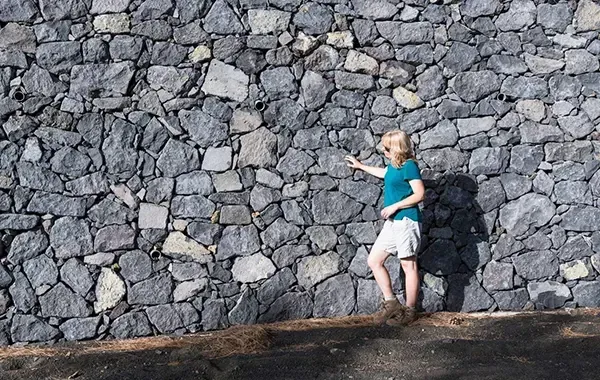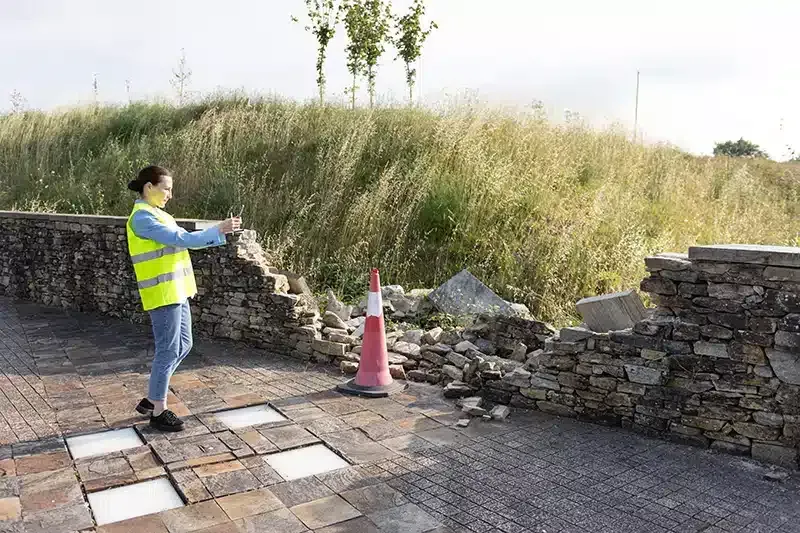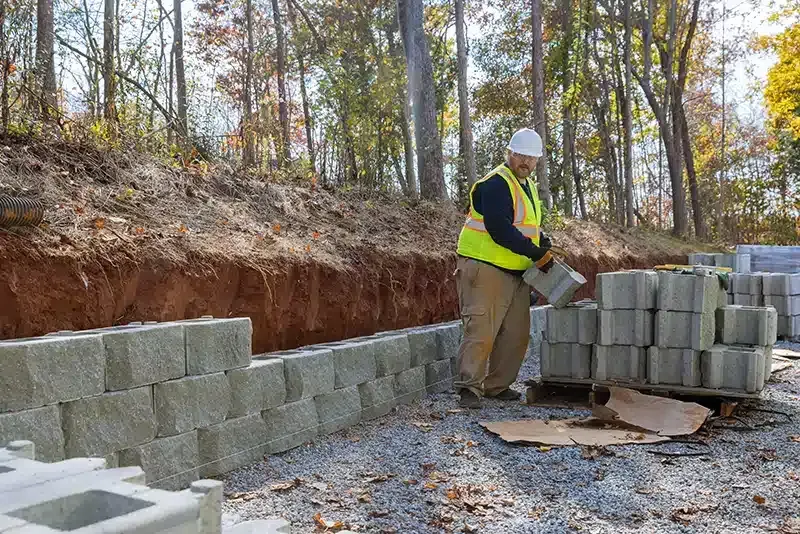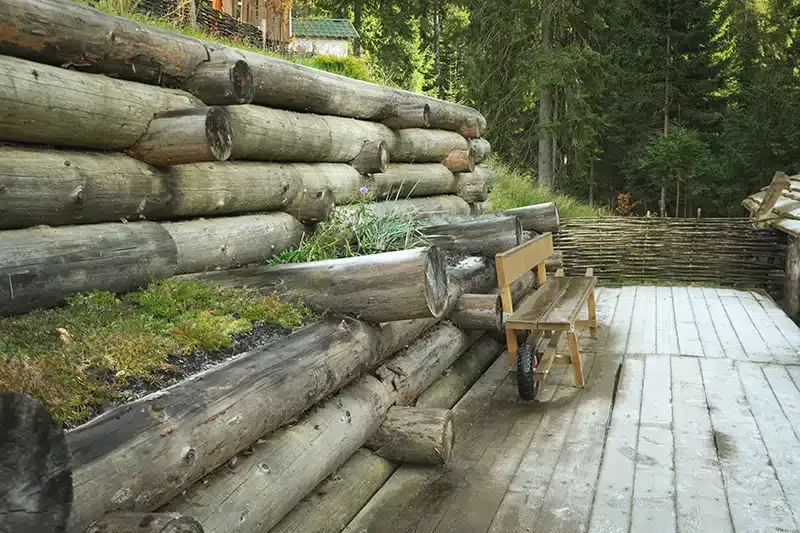What Types of Retaining Walls Are Available, and Which One is Right for You?
What Types of Retaining Walls Are Available, and Which One is Right for You?

When it comes to selecting a retaining wall, you have several options, each designed for specific needs and conditions. From gravity walls that rely on weight to modular block walls that allow for DIY projects, the choices can be overwhelming.
It's essential to consider factors like wall height and soil type before making a decision. So, how do you determine which type is the best fit for your project?
Let's explore the details further.
Overview of Retaining Wall Types
Choosing the right retaining wall type is key to the success of your landscaping or construction project. Each option has unique advantages suited to different needs and site conditions.
Common Types of Retaining Walls
- Gravity walls: These rely solely on their own weight to hold back soil and are ideal for shorter, straightforward installations.
- Cantilever walls: Designed with a base slab and vertical stem, they provide strong support with less material—great for medium-height projects.
- Counterfort walls: These feature built-in supports at regular intervals, making them suitable for larger or curved installations.
- Modular block walls: Easy to install and customizable, these are a popular choice for residential landscaping and DIY projects.
Understanding these types can help you make informed decisions based on site conditions, project scale, and visual style.
Factors to Consider When Choosing a Retaining Wall
Choosing the right retaining wall goes beyond selecting materials or design. To ensure long-term performance and visual appeal, several important elements must be considered during the planning process.
Height and Structural Support
The height of your wall significantly influences the engineering and materials required.
- Taller walls may need reinforcement or professional design.
- Shorter walls can often be DIY-friendly and less costly.
- Structural integrity becomes increasingly important with height.
Soil Type and Drainage Conditions
Understanding your soil composition and drainage is crucial for stability and longevity.
- Clay-heavy soils retain water and may require enhanced drainage solutions.
- Sandy or loose soils may shift easily and need stronger reinforcement.
- Poor drainage can cause hydrostatic pressure, leading to wall failure.
Aesthetic Integration
The visual aspect of your retaining wall should align with your overall landscaping.
- Choose colors and textures that match your outdoor space.
- Consider decorative finishes like stone veneers or modular blocks.
- A well-integrated wall adds curb appeal and boosts property value.
Budget and Material Costs
Cost is a major factor, and different materials come with varying price points.
- Concrete is durable but can be more expensive upfront.
- Timber is affordable but may need more maintenance.
- Modular blocks offer a balance between cost, ease, and appearance.
Local Building Codes and Permits
Before beginning construction, it’s vital to understand local regulations.
- Some areas require permits for walls above a certain height.
- Building codes may dictate materials or construction methods.
- Compliance ensures safety and avoids costly fines or rework.
By evaluating these factors, you can choose a retaining wall that is structurally sound, visually appealing, and compliant with local standards—ensuring it serves its purpose for years to come.
Comparing the Advantages and Disadvantages of Each Type
Each type of retaining wall has unique benefits and considerations depending on your project needs, budget, and site conditions.
Gravity Walls
Gravity walls are simple and sturdy, using weight to hold back soil.
Advantages:
- Simple design and easy to build.
- Durable for small to moderate loads.
Disadvantages:
- Bulky and space-consuming.
- Not ideal for tall applications without reinforcement.
Cantilever Walls
Cantilever walls use less material but offer strong support for moderate heights.
Advantages:
- Material-efficient and cost-effective.
- Strong support for medium to high walls.
Disadvantages:
- Requires a solid foundation.
- Needs professional installation.
Sheet Pile Walls
Ideal for tight spaces, sheet pile walls are easy to install but suited for smaller projects.
Advantages:
- Compact and quick to install.
- Best for low-height applications.
Disadvantages:
- Limited load-bearing capacity.
- Vulnerable to corrosion and wear.
Anchored Walls
Anchored walls provide superior support, especially for high walls or tough conditions.
Advantages:
- Strong support for tall walls or heavy loads.
- Durable with proper maintenance.
Disadvantages:
- Complex installation.
- Higher costs and ongoing maintenance.
By comparing the pros and cons of each retaining wall type, you can choose the best fit for your needs.
Selecting the right retaining wall for your project is essential for both functionality and aesthetics. By considering factors such as height, soil type, budget, and local regulations, you can make an informed choice that ensures stability, longevity, and visual appeal.
Whether you opt for a gravity wall, modular block, or anchored wall, understanding the advantages and limitations of each option will help you achieve a successful and enduring result.


